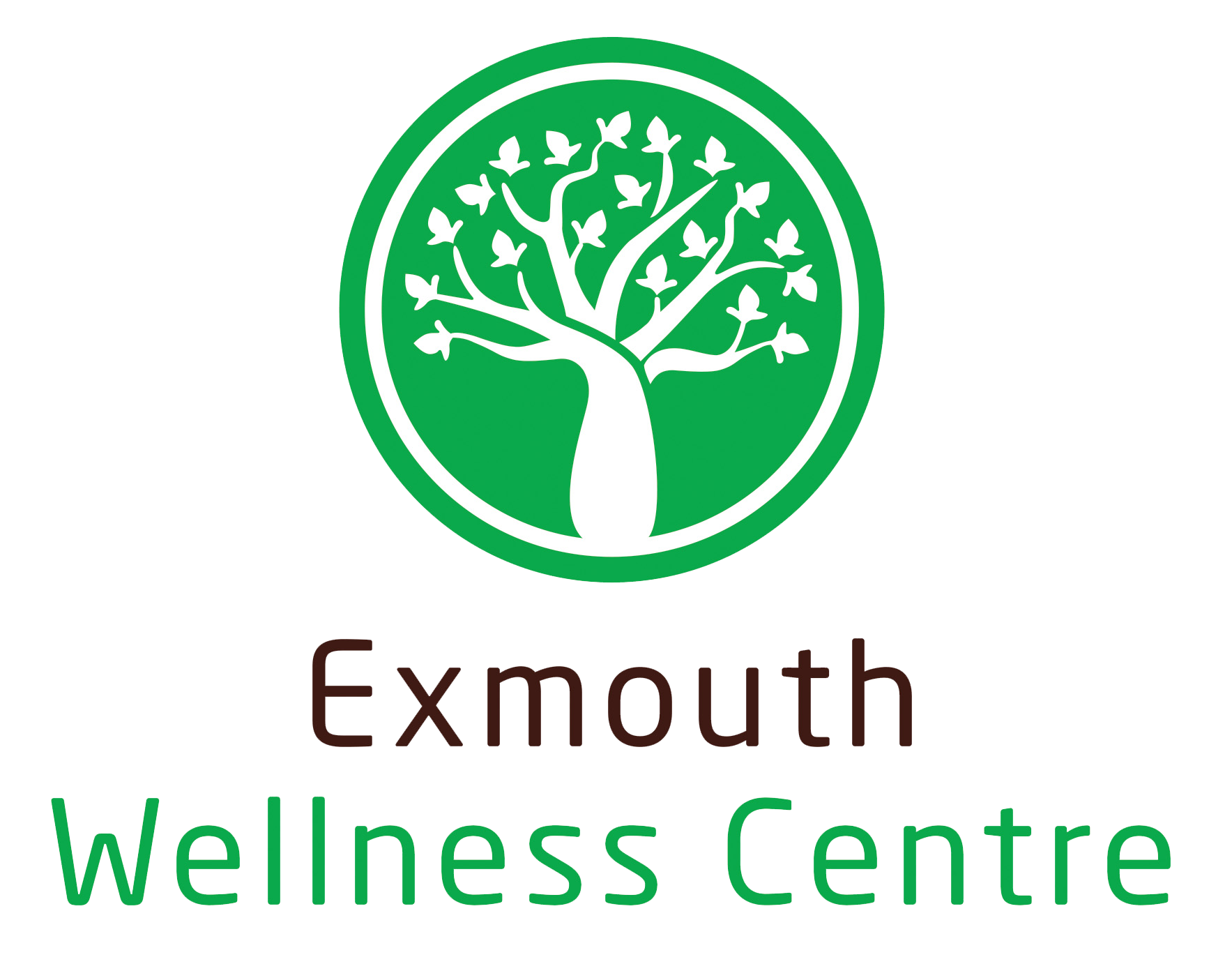Healthy Muscles
By Dr Clay Farley
Current research is resounding in it's support for exercise and it's importance in promoting health and longevity. We are constantly bombarded in the media with it’s amazing preventative health benefits in many areas of health from cardiovascular disease to cancer to alziemers. And let’s be frank, exercise just makes us better people, we feel better, look better and are generally nicer to other people after we have had some exercise. The thing is, for this regular, rigorous movement to occur, our body's systems need to be functioning well.
The nervous system, which initiates movement, needs to have a good communication line to the muscles which drive the movement of the bones, which then need smoothly gliding and stable joints to facilitate this movement.
This month we are focusing on the muscular system and what it’s needs are to be fully functioning and able to recover after regular use. How can we best support our muscles to perform this exercise on top of our busy daily lives and avoid injury?
Stretching
When should we stretch? Research is clear that prolonged stretching before exercise weakens muscles and likely predisposes them to injury[1]. Sustained stretches should be done after intense exercise or in periods between exercise sessions. Before exercise, active movements over full range of motion is the ideal warm up.
What muscles should we stretch and how? Generally stretching muscles that we have just worked has the most beneficial affect. When they are already warm and pliable we are likely to make the most significant length changes. So if you have just finished running or cycling, stretch you legs, or if you have just worked chest or back at the gym, then stretch your upper body.
Nutrition
Muscle contraction primarily requires oxygen and glucose for efficient sustained contractions. Also a range of other molecules are involved including Sodium, Potassium, Calcium and Magnesium, commonly known as electrolytes. Of these electrolytes the one that is in shortest supply in the modern diet is magnesium. Approximately 40% of Australians are not getting adequate magnesium in their diet. Magnesium deficiency has the associated symptoms of muscle
cramps and pain [2].
Outside Help
Massage is probably the first thing that comes to mind when we think of Muscle Health. This has been used for millennium worldwide for muscular aches and pain, but it is only recently that we have better understood the scientific basis behind it’s affect. Massage after rigorous exercise has been shown to reduce cellular inflammation and promote mitochondrial (cellular energy) production by a whopping 30% over non massaged muscles [3].
No wonder it feels so good!
Chiropractic adjustments have also been proven to have a direct affect on muscle strength [4], resulting in:
- an increase of almost 60% in the electrical activity readings from specifically targeted muscles;
- 16% increase in absolute force measures; and,
- 45% increase in the drive from the brain to the muscle.
This is equivalent to changes reported after three weeks of strength training.
References:
[1} Simic L, Sarabob N, and Markovic G.Does pre-exercise static stretching inhibit maximal muscular performance? A meta-analytical review.Scand J Med Sci Sports.2013:23(2):131-148
[2] Guerra MP, Volpe SL, Mao JJ. Therapeutic uses of magnesium. Am Fam Physician. 2009:80(2):157-162
[3] Crane JP, et al. Massage Therapy Attenuates Inflammatory Signaling After Exercise-Induced Muscle Damage. Science Translational Medicine. 2012:119(4):119
[4] Niazi IK, et al. Changes in H-reflex and V-waves following spinal manipulation. Exp Brain Res. 2015:233(4):1165-1173

